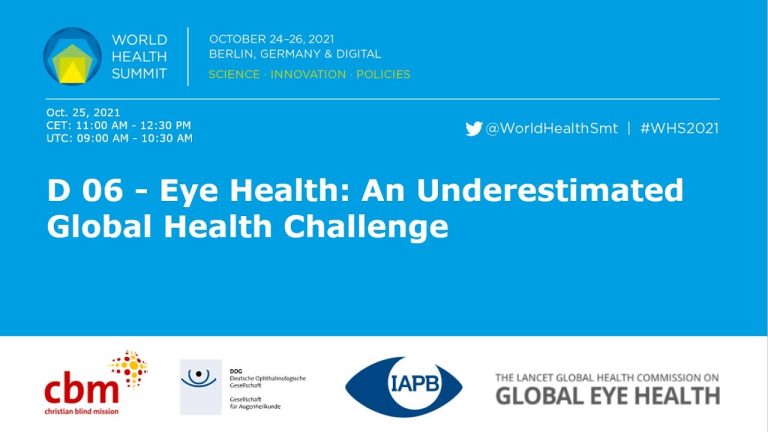Enhance Your Optical Health: Understanding the Importance of Peripheral Vision
Peripheral vision is the ability to see objects and movement outside of our direct line of sight. It is an essential part of our overall vision and plays a crucial role in our everyday life. When we look at an object, our central vision is engaged, and we focus our attention on it. However, our peripheral vision allows us to be aware of our surroundings and potential dangers without having to turn our head or body.
Peripheral vision also enables us to have a more comprehensive field of view, making it easier to navigate crowded spaces, walk, and drive. It is closely related to depth perception, which allows us to determine how far away an object is by using our binocular vision (the ability to use both eyes to see), in combination with our peripheral vision.
The Importance of Peripheral Vision in Vision Care
Optometrists and ophthalmologists often test peripheral vision as part of their routine eye exams. Changes in peripheral vision can indicate several health issues, including glaucoma, cataracts, retinal detachment or tears, and macular degeneration.
Peripheral vision loss can also occur when someone is exposed to bright lights, such as using a computer for an extended time or driving at night. It can also happen for specific activities such as reading or watching TV. This type of peripheral vision loss is temporary and can be resolved by resting the eyes or moving the body position.
Improving Peripheral Vision
Peripheral vision can be enhanced through exercises and activities that strengthen eye muscles and stimulate vision. These can include eye tracking exercises, eye yoga, and eye aerobics. Additionally, specific vitamins and minerals like Lutein, Zinc, and Vitamin A may help support healthy vision and improve peripheral awareness.
Protecting Your Peripheral Vision
Wearing proper eye protection is crucial to keeping your peripheral vision safe. Avoiding activities that can cause eye strain or exposure to bright lights can also help. Smoking has also been associated with an increased risk of vision loss, including peripheral vision; therefore, quitting smoking can help promote better vision.
The Role of Optical Products in Peripheral Vision Care
There are several optical products that can help protect and enhance peripheral vision. Anti-glare or polarized lenses can help keep bright lights from causing peripheral vision loss. Peripheral awareness glasses are specifically designed to help improve side vision, and some glasses come with lenses that are specifically designed to enhance sports performance and peripheral vision.
- Have routine eye exams to check your peripheral vision and overall eye health.
- Avoid activities that can cause eye strain or exposure to bright lights.
- Eat a nutritious diet that is rich in vitamins and minerals that support good vision.
- Wear protective eyewear when playing sports or doing activities that could injure your eyes.
- Quit smoking to reduce your risk of vision loss, including peripheral vision loss.
By following these tips and incorporating vision exercises and quality optical products, we can help protect and enhance our peripheral vision and overall eye health.
Contents
Most wanted in Hoya Vision:
What are prism eyeglass lenses?
Hoya Lens Engravings
What brand lenses does Costco use?
What does +0.25 mean on an eye test?
Do tinted glasses help with migraines?
Should eyeglasses cover eyebrows?
Hoya Identification Chart
What LED light is best for broken capillaries?
Does hyperopia worsen with age?
What is the difference between Ray Ban RB and Rx?
















